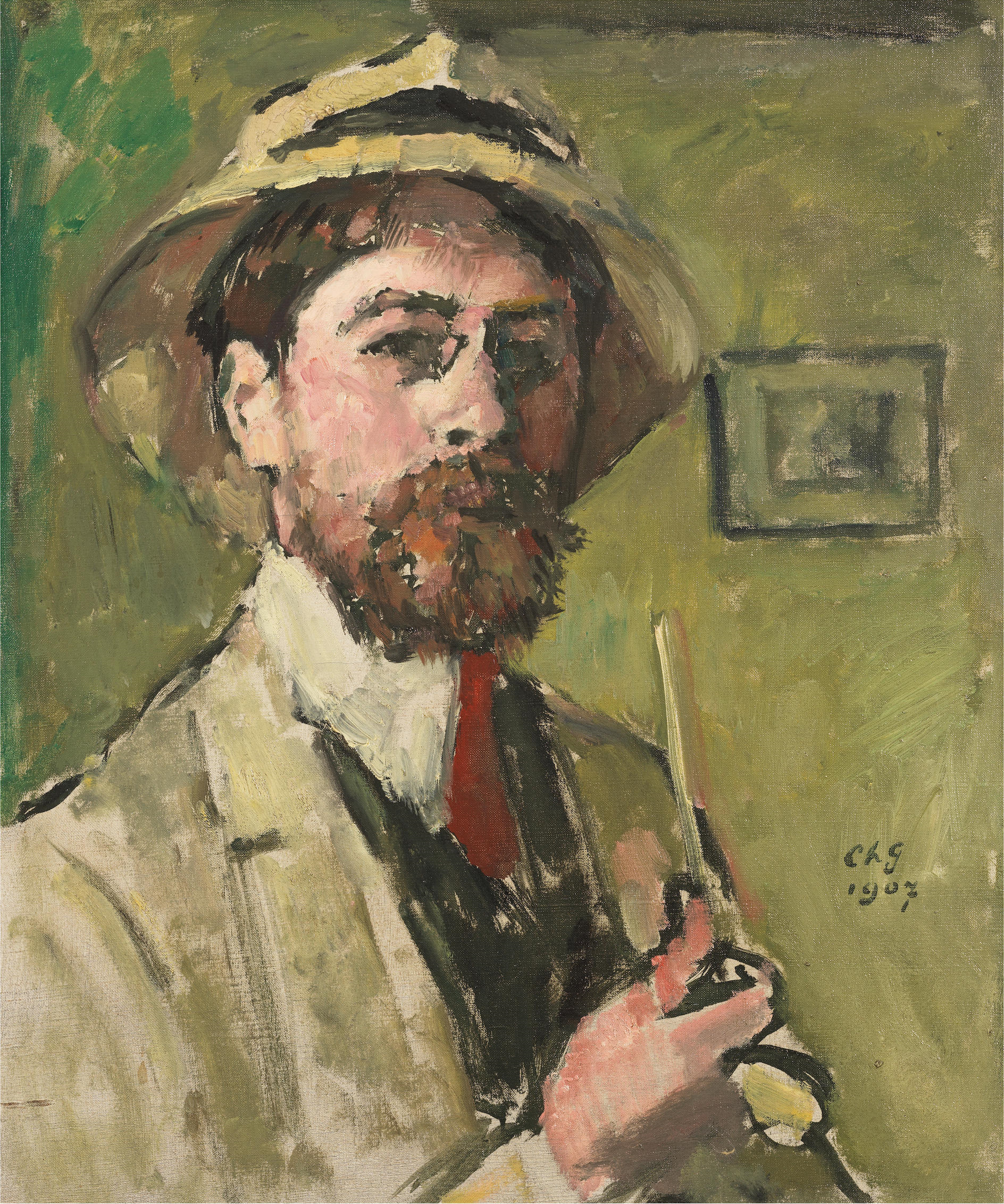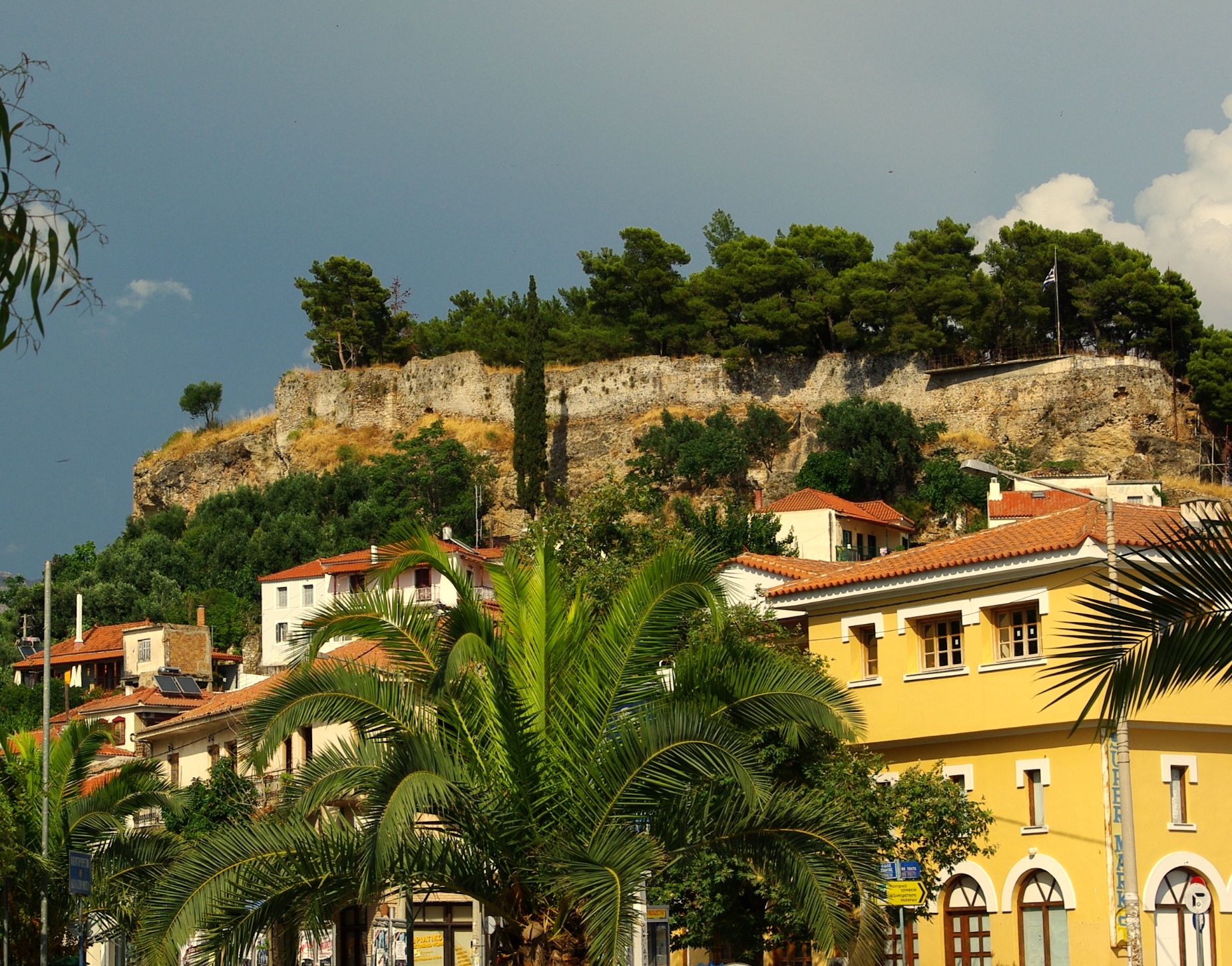|
Giannis Spyropoulos
Yiannis Spyropoulos () (March 12, 1912 – May 18, 1990) was a famous Greek painter of the second half of the 20th century. Life and work Spyropoulos was born in Pylos of Messenia. In 1933 he was accepted at the Athens School of Fine Arts. His teachers included Spyridon Vikatos, Oumbertos Argyros and Epameinondas Thomopoulos. Eight years later the Academy of Athens rewards Spyropoulos with the first prize and the opportunity to study in the École nationale supérieure des Beaux-Arts in Paris. During his studies he was taught by Charles-François-Prosper Guérin. See also *Art in modern Greece *Contemporary Greek art Contemporary Greek art is defined as the art produced by Greek artists after World War II. Painting-Sculpture Abstract Expressionism Theodoros Stamos (1922-1997) was an acclaimed abstract expressionist artist from Lefkas, who lived and w ... References External links *Spyropoulos Foundation [...More Info...] [...Related Items...] OR: [Wikipedia] [Google] [Baidu] |
Pylos
Pylos (, ; ), historically also known as Navarino, is a town and a former Communities and Municipalities of Greece, municipality in Messenia, Peloponnese (region), Peloponnese, Greece. Since the 2011 local government reform, it has been part of the municipality Pylos-Nestoras, of which it is the seat and a municipal unit. It was the capital of the former Pylia Province. It is the main harbour on the Bay of Navarino. Nearby villages include Gialova, Pyla, Elaiofyto, Schinolakka, and Palaionero. The town of Pylos has 2,568 inhabitants, the municipal unit of Pylos 4,559 (2021). The municipal unit has an area of 143.911 km2. Pylos has been inhabited since Neolithic times. It was a significant kingdom in Mycenaean Greece, with the remains of the so-called "Palace of Nestor" excavated nearby, named after Nestor (mythology), Nestor, the king of Pylos in Homer's ''Iliad''. In Classical Greece, Classical times, the site was uninhabited, but became the site of the Battle of Pylos in 4 ... [...More Info...] [...Related Items...] OR: [Wikipedia] [Google] [Baidu] |
Epameinondas Thomopoulos
Epameinondas Thomopoulos (Greek: Επαμεινώνδας Θωμόπουλος, 1878 - January 4, 1976) was a Greek artist who attended the academy and the first Greek impressionist. He studied drawing in Italy. It was his years as professor of the arts school and for two years at a school from 1948 until 1949. In 1949, he was elected member of the Athens Academy and in 1962, he was appointed president of the same member. Most of his works and drawings are related with nature. Many of these are preserved in the Patras city hall and the National Gallery of Greece The National Gallery (, ''Ethniki Pinakothiki'') is an art museum located on Vasilissis Sofias avenue in the Pangrati district, Athens, Greece. It is devoted to Greek and European art from the 14th century to the 20th century. The newly renov .... In 1996, the city of Patras awarded a large spot in the National Gallery of the city. References *T. Iliadou-Maniaki ''Epameinondas Thomopoulos'' Achaikes Ekdoseis ... [...More Info...] [...Related Items...] OR: [Wikipedia] [Google] [Baidu] |
People From Pylos-Nestor
The term "the people" refers to the public or common mass of people of a polity. As such it is a concept of human rights law, international law as well as constitutional law, particularly used for claims of popular sovereignty. In contrast, a people is any plurality of persons considered as a whole. Used in politics and law, the term "a people" refers to the collective or community of an ethnic group or nation. Concepts Legal Chapter One, Article One of the Charter of the United Nations states that "peoples" have the right to self-determination. Though the mere status as peoples and the right to self-determination, as for example in the case of Indigenous peoples (''peoples'', as in all groups of indigenous people, not merely all indigenous persons as in ''indigenous people''), does not automatically provide for independent sovereignty and therefore secession. Indeed, judge Ivor Jennings identified the inherent problems in the right of "peoples" to self-determination, as i ... [...More Info...] [...Related Items...] OR: [Wikipedia] [Google] [Baidu] |
1990 Deaths
This is a list of lists of deaths of notable people, organized by year. New deaths articles are added to their respective month (e.g., Deaths in ) and then linked below. 2025 2024 2023 2022 2021 2020 2019 2018 2017 2016 2015 2014 2013 2012 2011 2010 2009 2008 2007 2006 2005 2004 2003 2002 2001 2000 1999 1998 1997 1996 1995 1994 1993 1992 1991 1990 1989 1988 1987 1986 Earlier years ''Deaths in years earlier than this can usually be found in the main articles of the years.'' See also * Lists of deaths by day * Deaths by year (category) {{DEFAULTSORT:deaths by year ... [...More Info...] [...Related Items...] OR: [Wikipedia] [Google] [Baidu] |
1912 Births
This year is notable for Sinking of the Titanic, the sinking of the ''Titanic'', which occurred on April 15. In Albania, this leap year runs with only 353 days as the country achieved switching from the Julian to Gregorian Calendar by skipping 13 days. Friday, 30 November ''(Julian Calendar)'' immediately turned Saturday, 14 December 1912 ''(in the Gregorian Calendar)''. Events January * January 1 – The Republic of China (1912–49), Republic of China is established. * January 5 – The Prague Conference (6th All-Russian Conference of the Russian Social Democratic Labour Party) opens. * January 6 ** German Geophysics, geophysicist Alfred Wegener first presents his theory of continental drift. ** New Mexico becomes the 47th U.S. state. * January 8 – The African National Congress is founded as the South African Native National Congress, at the Waaihoek Wesleyan Church in Bloemfontein, to promote improved rights for Black people, black South Africans, with Joh ... [...More Info...] [...Related Items...] OR: [Wikipedia] [Google] [Baidu] |
Contemporary Greek Art
Contemporary Greek art is defined as the art produced by Greek artists after World War II. Painting-Sculpture Abstract Expressionism Theodoros Stamos (1922-1997) was an acclaimed abstract expressionist artist from Lefkas, who lived and worked in New York in the 1940s and 50s. His work has been exhibited throughout the world, and can be found in major museum collections such as the Whitney Museum of Art, the Guggenheim Museum, Smithsonian and the National Gallery of Art in Washington, D.C. Dimitris Koukos (1948-) is also considered as a leading expressionist painter, mainly renowned for his abstract work and landscapes. Koukos has had over 30 one man exhibitions and participated in several group exhibitions in Athens, Paris, Boston, and Moscow. The artist's works can be found in private collections in the U.S., France, Italy, U.K. as well as at the National Gallery in Athens, the Pieridis Museum, the Vorres Museum, the Cultural Institute of the National Bank of Gree ... [...More Info...] [...Related Items...] OR: [Wikipedia] [Google] [Baidu] |
Art In Modern Greece
Modern Greek art is art from the period between the emergence of the new independent Greek state and the 20th century. As Mainland Greece was under Ottoman rule for all four centuries, it was not a part of the Renaissance and artistic movements that followed in Western Europe. However, Greek islands such as Crete, and the Ionian islands in particular were for large periods under Venetian or other European powers' rule and thus were able to better assimilate the radical artistic changes that were occurring in Europe during the 14th-18th century. The Cretan School and in particular the Heptanese School of art are two important artistic movements in Greece that followed parallel routes to Western Europe. Modern Greek art can be said to have been predominantly shaped by the particular socioeconomic conditions of Greece, the large Greek diaspora across Europe, and the new Greek social elite, as well as external artistic influences, predominantly from Germany and France. Sculpture a ... [...More Info...] [...Related Items...] OR: [Wikipedia] [Google] [Baidu] |
Charles-François-Prosper Guérin
Charles-François-Prosper Guérin (1875 in Sens (Yonne), Sens – 1939) was a French Post-Impressionist Painting, painter. Guérin studied with Gustave Moreau in the École nationale supérieure des beaux-arts, l'École des Beaux Arts à Paris, and had one exhibition at the Grafton Galleries in 1910; in a review Huntly Carter wrote of his "daring extravagance" and that he "show[ed] how the strongest primary colours can be used without crudity, and whose work has a decorative value which the average muddy and colourless work of our day does not possess". Guérin attained some historic notoriety for sitting on the jury of the Salon d'Automne of 1908, which rejected almost all of the paintings of Georges Braque. The other jury members were Henri Matisse, Georges Rouault, and Albert Marquet, all of whom had also been students of Moreau.Mathieu, Pierre-Louis. 1994. ''Gustave Moreau.'' Flammarion. New York. 309 pp. The jury's action caused Braque—who had been a great success the year ... [...More Info...] [...Related Items...] OR: [Wikipedia] [Google] [Baidu] |
Athens
Athens ( ) is the Capital city, capital and List of cities and towns in Greece, largest city of Greece. A significant coastal urban area in the Mediterranean, Athens is also the capital of the Attica (region), Attica region and is the southernmost capital on the European mainland. With its urban area's population numbering over 3.6 million, it is the List of urban areas in the European Union, eighth-largest urban area in the European Union (EU). The Municipality of Athens (also City of Athens), which constitutes a small administrative unit of the entire urban area, had a population of 643,452 (2021) within its official limits, and a land area of . Athens is one of the List of oldest continuously inhabited cities, world's oldest cities, with its recorded history spanning over 3,400 years, and its earliest human presence beginning somewhere between the 11th and 7th millennia BCE. According to Greek mythology the city was named after Athena, the ancient Greek goddess of wisdom, ... [...More Info...] [...Related Items...] OR: [Wikipedia] [Google] [Baidu] |
Spyridon Vikatos
Spyridon or Spyros Vikatos (; 24 September 1878 – 6 June 1960) was a Greek painter and professor. He is considered one of the later members of the The Munich School, Munich School. Life Spyridon Vikatos was born in Argostoli, Cephalonia, in 1878. AHe was assisted by the Archbishopric of Athens, Archbishop of Athens Germanos Kalligas to study painting at the Athens School of Fine Arts as a student of Nikiforos Lytras and Spyridon Prosalentis. After his graduation Vikatos earned a scholarship and moved to Germany where he studied at the Academy of Fine Arts, Munich, Academy of Fine Arts in Munich under Nikolaos Gyzis and Ludwig von Löfftz. He was also awarded with various prizes and distinctions. Following his return to Greece, Vikatos taught at the School of Fine Arts from 1909 until 1939. Agenor Asteriadis, Giorgos Gounaropoulos, Spyros Papaloukas, Yannis Tsarouchis, Sofia Zengo Papadhimitri, Yiannis Spyropoulos, Sophia Laskaridou and Victor Ioannides were among his student ... [...More Info...] [...Related Items...] OR: [Wikipedia] [Google] [Baidu] |
Messenia
Messenia or Messinia ( ; ) is a regional unit (''perifereiaki enotita'') in the southwestern part of the Peloponnese region, in Greece. Until the implementation of the Kallikratis plan on 1 January 2011, Messenia was a prefecture (''nomos'') covering the same territory. The capital and largest city of Messenia is Kalamata. Geography Physical Messenia borders on Elis to the north, Arcadia to the northeast, and Laconia to the southeast. The Ionian Sea lies to the west, and the Gulf of Messinia to the south. The most important mountain ranges are the Taygetus in the east, the Kyparissia mountains in the northwest and the Lykodimo in the southwest. The main rivers are the Neda in the north and the Pamisos in central Messenia. Off the south coast of the southwesternmost point of Messenia lie the Messinian Oinousses islands. The largest of these are Sapientza, Schiza and Venetiko. The small island Sphacteria closes off the bay of Pylos. All these islands are virtua ... [...More Info...] [...Related Items...] OR: [Wikipedia] [Google] [Baidu] |




